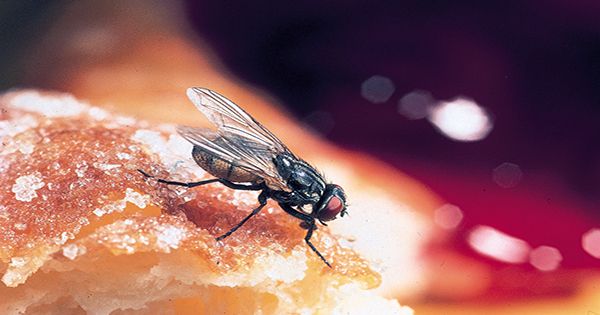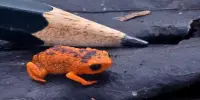Assume you are at a picnic and ready to take a bite out of your sandwich. Suddenly, you notice a fly heading your way, its complex eyes and antennae honing in on your food. It evades your swatting, settles on the sandwich, and then seems to puke on it! It may appear obnoxious, but the fly is only spitting on your meal or blowing off its own digested food.
Because the majority of the over 110,000 known fly species lack teeth, they are unable to chew solid food. Their mouths are spongy like a straw. They need to release digestive fluids once they settle on your meal to liquefy it into a predigested, slurpable soup they can ingest. In other words, some flies are only eating liquids. Some flies strive to lower the liquid content of what they have already eaten in order to fit more food into their stomachs. To dry out the meal, they regurgitate it into vomit bubbles. They can eat this more concentrated meal once some water has evaporated.
Humans do not require all of this spitting and regurgitating to obtain nutrients from our meals. However, an enzyme called amylase is produced in your saliva, which predigests a portion of the sandwich bread while you chew. Amylase converts starch, which you cannot taste, into simple sugars such as glucose, which you can. That is why bread becomes sweeter as you chew it.
Did you know that flies could taste food even if they do not have mouths? They utilize sensors on their feet to determine if they are on anything nourishing as soon as they land. You might have seen a fly rubbing its legs together as if it were a hungry client about to eat a meal.
This is known as grooming, and the fly is effectively cleaning itself, as well as the taste receptors on the bristles and fine hair of its feet, in order to have a better understanding of what is in the meal it has landed on.
When a fly lands on your sandwich, it is likely not the first thing it has done that day. Flies frequently rest on filthy surfaces, such as trash or rotting food, which is rich in bacteria. Germs can hitch a ride and leap onto your meal if the fly remains long enough.
Because some of the microorganisms may cause diseases like cholera and typhoid, this is far more harmful than their saliva. However, if the fly just stays for a few seconds, the odds of microorganisms spreading to your meal are small, and your food should be all right.
Always cover your food to prevent insects from settling on it. If your home infected with flies, you may get rid of them with simple traps. Carnivorous plants can help limit the population of flies by eating them.
Although flies are notorious for spitting on food and transmitting illnesses, they are not all terrible. The next time you are outside, keep an eye out for how many flies are visiting flowers in search of nectar. Flies are an essential pollinator group, and many plants rely on them to reproduce. Frogs, lizards, spiders, and birds rely on flies for food; therefore, they are an important element of the ecology. Some flies are also used in medicine. Doctors, for example, utilize blowfly maggots (young, immature flies) to remove rotting tissue from wounds. The maggots secrete antiviral and antibacterial fluids, which have aided scientists in developing new antibiotics.
More significantly, the fruit flies you have probably seen buzzing about ripe bananas in your kitchen have shown to be quite useful in biological study. Biomedical experts from all over the world are studying fruit flies in an attempt to uncover causes and solutions for illnesses and genetic problems. In our lab, we investigate how insects see the environment and how they utilize their eyesight to fly. Engineers can use this information to create better robots. So, while shooing flies away from your sandwich is inconvenient, could you spare a few bites of your lunch?
















